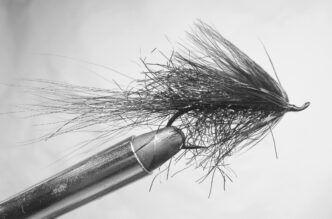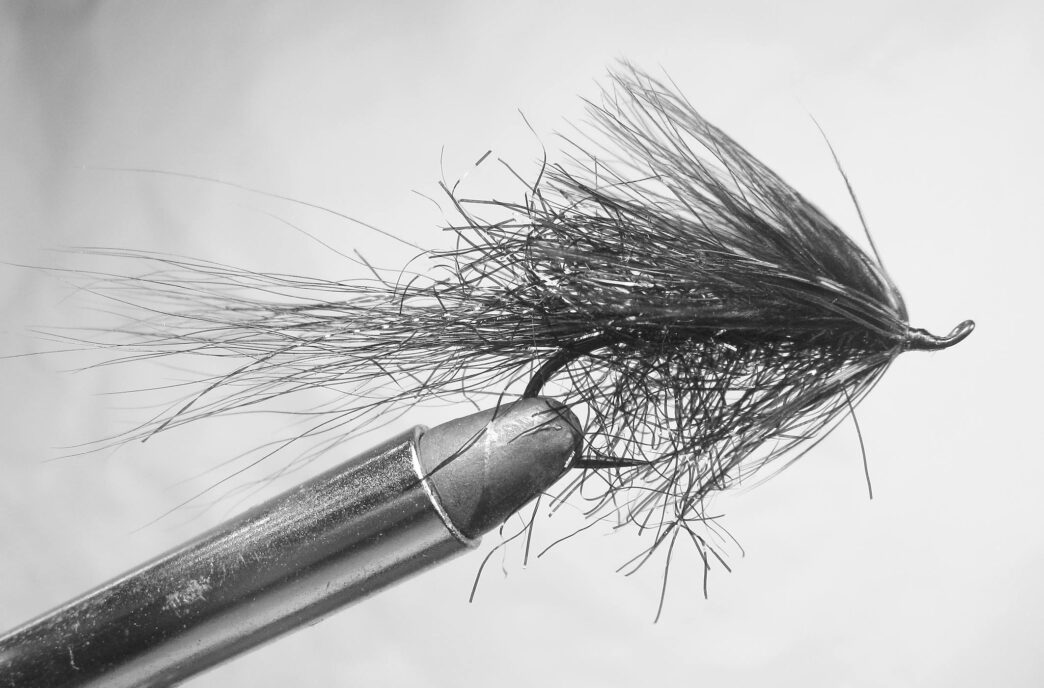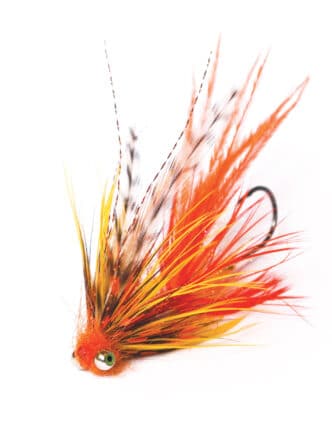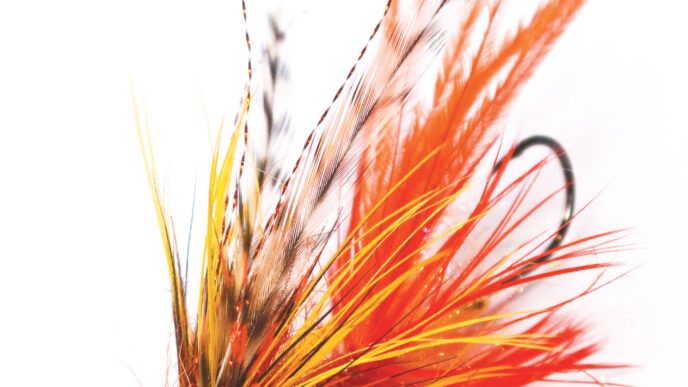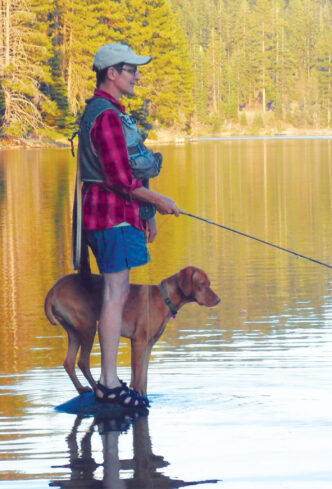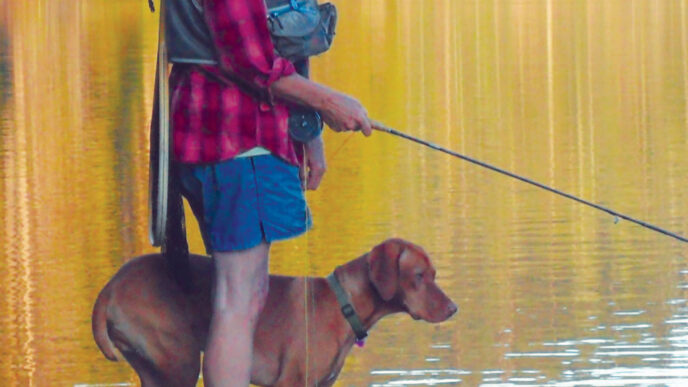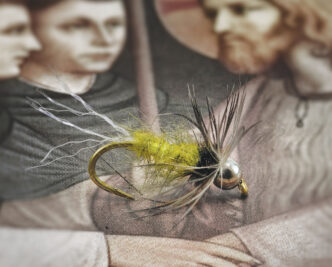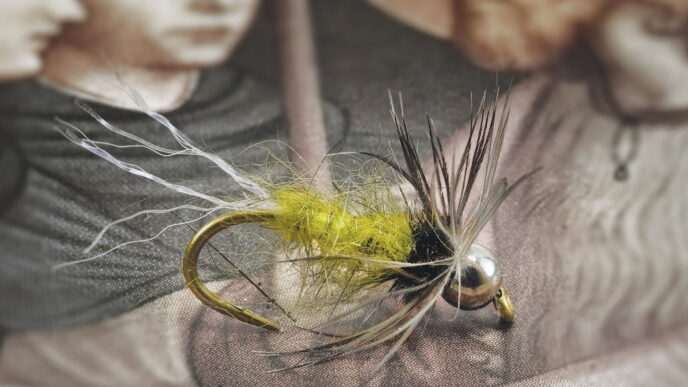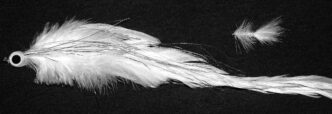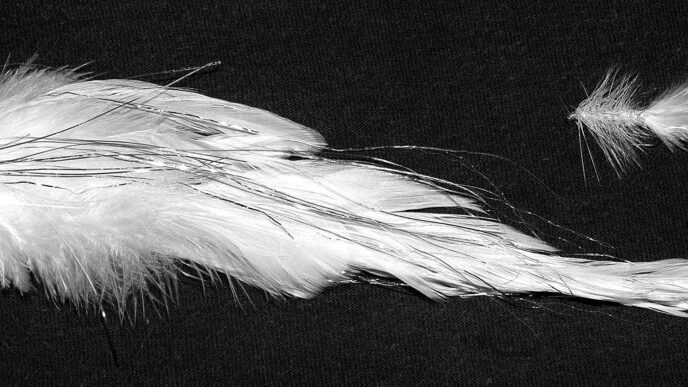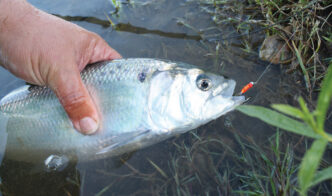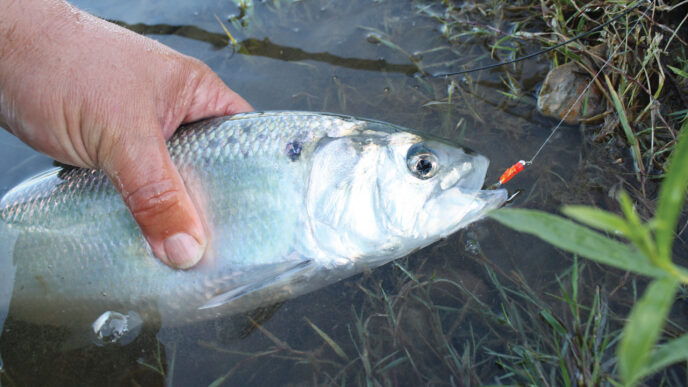This fall, I spent a weekend at a literary event in eastern Oregon, a gathering of writers and poets that wouldn’t have anything to do with fishing had it not been held at the casino on the Umatilla Indian reservation.
Weird: Is everything analogous to fishing?
Let me explain.
Between readings and panel discussions, I wandered out onto the casino floor. The clientele, many of them smoking, sat staring at video slot machines. Play consisted of a touch of the screen, a moment of waiting, and winning and losing against odds over which the hopeful had absolutely no control.
A friend of mine followed me onto the floor. She selected a machine and sat down to try her luck.
“It’s a lot like steelheading,” I warned. This friend, whose eyes I’ve come to know quite well, looked at me with patience I’ve tested before. “Just like it,” I said.
Every year it gets harder and harder for me to take steelhead fishing seriously. A decade ago, when I was still relatively new to the game, nothing seemed more important to me than the sight of a fly of mine pinned to the hinge of a steelhead’s firm-lipped mouth. I’d travel far and frequently for that moment, fish long and hard for each brief encounter with these fabulous creatures that offered intimacy with forces both mysterious and wild. And sublime. When I wasn’t actually chasing steelhead, I did everything I could to learn about them, the rivers to which they return, the fish’s habits, its haunts, the anglers who fished for them, the tools and techniques of the game.
I was nothing if not serious. I caught dozens and dozens of steelhead — enough, anyway, that when I look back on those years and compare the number of steelhead I caught then with how many I catch now, I wonder if I was just lucky, in the right places at the right times, and maybe not a particularly skilled steelheader at all.
Because at some point, steelheading began to feel like a strange spiritual paradox. The more I knew, the less this knowledge seemed to matter.
Today, when I go steelheading, I feel I’m at the mercy of the gods, a victim of chance or fate. I feel like those gamblers on the casino floor, compulsive pilgrims with no control over the outcome of their efforts, regardless of longing or hope. How can you take fishing like this seriously? Cast your line, swing the fly — and occasionally something grabs it.
I shouldn’t have to tell you, by the way, that this is no way to improve your game.
The temptation, you see, is to embrace these feelings, to languish in a state of mind in which we argue to ourselves — often quite sensibly — that the only thing between us and our next steelhead is the time we spend on the river and an untold number of casts. The default claim is that pretty much everything else is out of your control. You don’t know if there’s a fish in the run. You can’t tell, in most cases, if there’s a response to your fly. You certainly can’t keep those other 99 guys off the river — or prevent a host of new guides from instructing clients in the subtleties of dead-drifting egg patterns beneath bobbers cast all of 10 feet to one side of a boat’s bow. And God only knows who’ve got their nets in downriver — and what the hell’s happening, anyway, to the temperature of the Pacific these days?
All of this assumes, of course, that you already know how to catch steelhead — where to find them, how to present the fly. Now it’s just a matter of time on the river, covering water, covering lies. Cast, swing; cast, swing. Keep moving. Given a degree of proficiency, sooner or later, you’ll feel another steelhead on the end of your line.
Still, is that all there is to it? Shouldn’t it matter, as well, how good you are — not just who can put in the most time?
Here’s the reasoning, of course, behind Tom McGuane’s famous quip that what’s required of a successful steelheader is a strong right arm and a room-temperature IQ. McGuane also noted, I should add, the utility of a large stipend — an asset shown to work for many successful fly fishers I’ve met over the years.
The question, then, that serious steelheaders must finally ask themselves is what, if anything, can they do to improve their odds? How can they continue to work in a meaningful fashion on aspects of their game, rather than submit to the vagaries of chance? What is it, finally, steelheaders have control over — and what remains outside our influence, belonging instead to the hapless realm of card playing, dice rolling, or supplications for mercy against the tyranny of the angling gods?
The Gear
I think it’s terrific that there are longtime steelheaders who still use singlehanded rods, anglers who claim these same rods caught plenty of fish in the past, so why do they need to change now. If that’s you, great. If not, get over the idea — right now — that there’s any viable substitute for two-handed rods and the elegant manner in which they cover most steelhead lies.
I won’t bore you with a long list of attributes you’ve already heard about that make Spey rods superior tools for steelhead fishing. Instead, let me remind you that any double-hander is only as good as the balance attained by matching its size and action and your own casting style with the appropriate line system. I know it can all seem bewildering — especially because new lines and new nomenclature flood the sport almost yearly. But you simply have to take the time to sort out a system that you understand and that works for you and the kind of steelheading you do. A poorly balanced system will do more to frustrate an angler than any number of fishless days. You are, after all, going to spend most of your time doing little but casting — and not much else.
The good news today about Spey rods, especially for winter fishing, is how well they work with the right compact Skagit line. In much the same way that 30foot shooting heads suddenly made it possible for surf fishers and other distance seekers with single-handed rods to launch casts toward the horizon, a short, heavy Skagit head makes effective Spey casting relatively easy, regardless what school or style of casting you favor. The right Skagit head loads the rod effortlessly, it’s easy to manage throughout the various gestures of the cast, and once headed in the right direction with a reasonably shaped loop, it will pull ungodly amounts of running line toward the river’s far bank.
And there’s more. Take 500, 600, or even 700 grains and squeeze them into less than 30 feet of line and you create such a concentrated mass that once accelerated, it has the force to pull either long, dense sink tips or big, heavy flies — or both — off the water and out across the river. In the winter, I carry a wallet full of tips chopped out of spools of both T-14 and T-17 sinking line — and even with 20 feet of such ugly stuff hooked to the front end of my Skagit head, I rarely have trouble making things perform the way that they are supposed to perform.
A good two-handed rod balanced with the right line is a joy to cast — even if you’re throwing heavy artillery. The pleasures of casting help keep your fly in the water — the only place it can hook a fish. Working on your stroke — striving to improve each one of the medley of casts the accomplished steelheader regularly employs — offers a reason to keep casting, even when the fishing itself suggests reeling in and exploring other options, none more obvious than the local tavern or bar.
The Ride
Age does a lot of weird things to many of us and to our minds, but nothing seems stranger in my own angling career than a recent conversion to the charms of boats. For most of my fishing life, I considered boats, at best, a necessary evil; in many cases, they seemed actual obstacles to angling success, requiring time and attention that was better spent on bank or beach, making casts. I won’t dwell on my continued distaste for certain boating practices, especially those that ask so much of the person on the oars while so little of the person holding the rod. And if it’s not obvious by now, I should come clean and confess that I still have nothing but disdain for anyone, anywhere, who resorts to fishing for steelhead with egg patterns beneath bobbers, a no doubt effective way of angling, but one that has absolutely nothing to do with the spirit of the sport of fly fishing.
Still, nothing makes more sense on a steelhead river than a boat or raft or other watercraft to carry fly fishers from run to run. Learning to handle a boat, to navigate a river’s currents, can open up an array of possibilities that give one a sense of ever improving odds. Whether these efforts claim more hookups or more fish remains a question, but few things give one a greater sense of doing everything possible than backing a boat into a river, climbing in, and pulling on a pair of oars.
The Flies
Perhaps the hardest thing for experienced steelheaders to believe in is any sort of “new and improved” fly. Over the years, all steelheaders see patterns come and go, many of which seem worth a try, usually when nothing else has worked, which means the new pattern, finally tied to the tippet, has little chance of success. By the time most steelheaders start tallying their second dozen fish, they’ve already settled on a couple of patterns to which they will return for the rest of their careers. Changes to this trusted core do occur. Certainly, fresh candidates are always waiting in the wings. But the longer serious steelheaders have been at it, the more they grow convinced that the fly is the last thing that matters, that a new fly is not going to alter the odds.
Still, few of us are immune to the intoxicating promise of a new pattern taking shape in the vise — either one that we’ve heard or read about other steelheaders having success with or a fresh idea we’ve stumbled upon ourselves. Of course, our steelhead boxes are crowded with these new patterns and fresh ideas. I need hardly mention that these are the flies we rarely use for long or need to replace. I’m often embarrassed by the number of flies and even fly boxes that I carry to a steelhead river. I dream of a late-life epiphany or future incarnation in which I slip but a handful of flies into the breast pouch of my waders and head to the river knowing I’m carrying plenty to fool the fish I’ll find — with more than enough, as well, to share.
Meanwhile, new patterns continue to insinuate themselves into my inner circle of go-to flies. I’m not sure how this happens; efficacy and simplicity seem significant features in my well-used patterns. I’m also unclear how or why a fly falls out of favor — especially a pattern with plenty of fish to its credit — becoming part of the background scenery in the composition of a particular box. What I do know is that the lineup eventually changes, a slow evolution that may well have less to do with the timeless challenges of steelheading than it does with the wandering journey toward nothingness that I grow increasingly aware of, one cast at a time.
Black and Blue
Hook: TMC 7999, sizes 1/0 to 2/0
Thread: Black
Tail: Black bucktail tied long, topped with four strands of black Krystal Flash or similar sparkle material
Body: Black polar chenille
Wing: Black marabou plume feathers
Collar: Guinea fowl dyed blue
I don’t have much to say about winter steelhead flies, other than that I catch fish with the flies I fish with, and the flies I fish with are usually ones that have caught fish before. The Black and Blue is nothing more than a modified Metal Detector, a pattern introduced to me by Marty Sheppard, an Oregon guide you’d do well to look up if you find yourself in the northern part of the state. Guides reach for patterns for the same reason seasoned steelheaders do: when their clients head through good water, they don’t want to be wondering if they’re fishing the right fly.
Marty ties the Metal Detector on a plastic tube, sliding the fly down the leader toward a little Gamakatsu stinger hook that ends up dangling just beyond the tail. For simplicity’s sake, I began tying a fly that looked about the same, but on a standard winter hook, something stout and heavy that sinks while still swimming on the swing in a way that feels more lively than flies tied with dumbbell eyes or fished behind split shot. I’ve always liked dark flies in the winter, and I’ve always liked a wing fashioned out of black marabou blood plumes. Blue, of course, looks good against black — and when I think how tough winter steelheading can be, it seems appropriate to fish a fly called Black and Blue.
Scott Sadil



